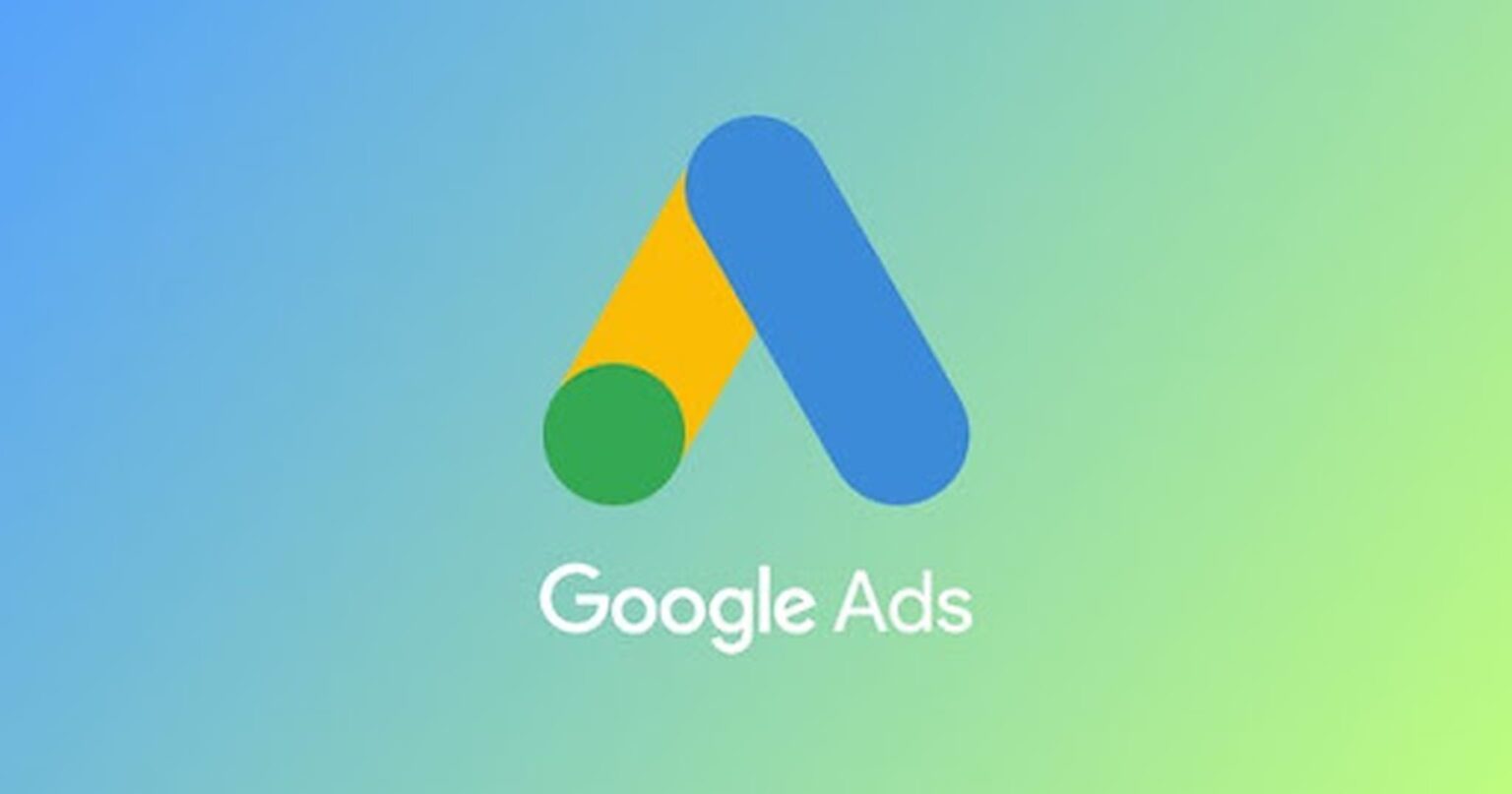
The top google Ad Metrics You Need To Track
Metrics to Google Ads are what vital signs are to a medical patient. They are key indicators showing you how stable your Google Ads are and how well they work.
They also help you identify what areas of your Google ads can be improved and how to work around improving them.
Considering how much businesses spend on Google Ads management, it is important to track the performance of ads to ensure that they are raking in as much profit as possible. In this article, we’ll look at eight important metrics and their importance in measuring ad performance.

Impressions
Impressions tell you how often your ad appears on a search result page, Google maps, or any other page within Google’s network. Impressions indicate your reach, how often your ad pops up, and how many people view your ads.
The number of impressions you get has much to say about your ads. When they are too many, it may mean that your ads need to be properly targeted. This would mean that they pop up even when they are not relevant. The result is that your ads spend budget even when you’re not likely to make a sale or profit, thus wasting your money.
When your impressions are few, it could mean that your ad bid could be higher or your ads need to contain the keywords your target audience is searching for. It could also be a fundamental issue with your account. Your credit card details probably need to be more accurate, there is some broken link somewhere, or the ad was disapproved by Google, and you didn’t notice.
A good digital marketing agency will always pay attention to your impressions. Tracking your impressions is important because they show how many people you can reach with your ads. It also helps you calculate your click-through rates and other metrics.

Search Lost Impression share
Search Lost Impression Share is a metric that measures the percentage of impressions that your ads were eligible to receive but did not due to issues such as low ad rank or budget constraints. There are two types of Search Lost Impression Share:
- Search Lost Impression Share (Rank), which refers to the percentage of impressions lost due to low ad rank.
- Search Lost Impression Share (Budget), which refers to the percentage of impressions lost due to insufficient budget.
Search Lost Impression Share (Rank) is an important metric to monitor because it can help you identify areas where you may need to improve your ad quality or increase your bids. If your ad rank is low, your ads may not be showing up as high in the search results as they could be, resulting in lost impressions and potential clicks. By monitoring your Search Lost Impression Share (Rank), you can identify opportunities to optimize your campaigns and improve your ad rank.
Search Lost Impression Share (Budget) is also an important metric to track because it can help you identify if you’re missing out on potential clicks and conversions due to budget constraints. If your Search Lost Impression Share (Budget) is high, it may be an indication that you need to increase your budget or adjust your targeting to focus on higher-value keywords.
Do you want your metrics and, more importantly, results to grow? Go here and schedule a FREE audit https://uawc.agency/. With eleven years of experience on the market, we at UAWC know how to create effective marketing strategies.
Clicks
A click is recorded when people click on your ad’s blue headline or phone contact. Clicks are counted the moment they click on your ad, whether or not they convert or get to the website. This explains why you may have more clicks than website visits.
Clicks also help you understand how attractive your ads are to the public and how well your ads engage the audience. Clicks show that your ad copy and ad targeting are quite effective, which explains the engagement. The more targeted your ads are, the higher your rate of clicks.
When you have low clicks, the issue is most likely with your ad copy or your ad targeting. When there is a high margin between your clicks and conversions, you want to look through the entire process to identify at what of your sales funnel do your leads bounce off.

Click-through Rate (CTR)
Your click through rate shows the percentage of people who see your ad and click.
This helps you account for those who ignore your ads and those who don’t. You can get your click through rate by dividing your clicks by your total number of impressions and multiplying by 100. For example, if your ad had 27 clicks in 1000 impressions, your click-through rate would be 2.7%
Your click-through rate helps you measure your ad’s effectiveness to people who view your ads. Click through rates help you rate how well your ads have performed on various Google networks. It’s important to note that your click through rates may differ on various Google networks, depending on how relevant the users find your ad.
With your CTR, you can evaluate what keywords, products, listings or ads are performing well and how they can be improved. Your keywords go a long way in improving click through rates. Make sure your headlines and ad copy are SEO optimized. You can also make use of negative keywords to strengthen your ad targeting.

Cost-per-Click (CPC)
Your cost per click is a breakdown of how much you spend for every click on your ad. Not only is your cost per click important to track your ad spend, but it also determines how much your return on investment will be on your ad campaigns.
Your cost per click can increase or reduce depending on your strategies. However, a reduced CPC does not necessarily translate to reduced clicks or conversions. The major key is increasing your ad quality. You can get discounts on your cost per click with an ad quality as high as such and above.
To improve your ad quality, you can create close knitted ad groups, optimize your ad texts and landing pages, and keep your ads as compelling as possible.
Conversion Rate
Conversion rate is a critical metric in Google Ads that measures the percentage of users who completed a desired action, such as making a purchase or filling out a form, after clicking on your ad. In essence, it reflects how effective your ad campaign is in generating leads or sales.
A high conversion rate indicates that your ad campaign is resonating with your target audience, your landing page is engaging, and your offer is compelling. Conversely, a low conversion rate suggests that your campaign needs improvement in one or more areas.
The benchmark for conversion rate varies depending on your industry and the type of campaign you’re running. For instance, a conversion rate of 3% might be considered good for an e-commerce campaign, while a lead generation campaign may have a benchmark of 10%.
To improve your conversion rate, you need to focus on the following:
- Optimize your landing page: Ensure that your landing page is relevant to your ad and has a clear call-to-action. Remove any distractions and make it easy for visitors to take the desired action.
- Refine your targeting: Use the right keywords and audience targeting to attract the right audience for your offer.
- Improve your ad copy: Create compelling and persuasive ad copy that highlights the benefits of your offer and encourages users to take action.
- Test and optimize: Continuously test and optimize your ad campaign to improve its performance over time. Experiment with different ad formats, bidding strategies, and targeting options to find what works best for your business.

Cost-per-Acquisition (CPA)
Cost-per-Acquisition (CPA) is a metric that measures the total cost of acquiring a lead or sale through your Google Ads campaign. It is calculated by dividing the total cost of your campaign by the number of conversions. CPA is an essential metric because it helps you understand how much it costs to acquire a customer, and whether your campaign is profitable or not.
To optimize CPA and maximize your ROI while minimizing ad spend, you should consider the following strategies:
- Target the right audience: Ensure that your ads are reaching the right audience who are more likely to convert. Use targeting options like location, demographics, interests, and keywords to reach the most relevant audience.
- Improve your ad quality: Create high-quality ads that resonate with your target audience, use persuasive language, and showcase your unique value proposition.
- Test and optimize: Experiment with different ad formats, bidding strategies, and targeting options to find what works best for your campaign. Continuously monitor and analyze your campaign data to identify areas of improvement.
- Optimize your landing pages: Make sure your landing pages are optimized for conversions. They should be relevant to your ad copy, load quickly, have a clear call-to-action, and be mobile-friendly.
- Use conversion tracking: Track your conversions to understand the performance of your campaign and make data-driven decisions. Identify the campaigns, ad groups, and keywords that are generating the most conversions and adjust your bids and budgets accordingly.
Return on Ad Spend (ROAS)
Return on Ad Spend (ROAS) is a metric that measures the revenue generated by your ad spend. It is calculated by dividing your revenue by your ad spend. ROAS is a crucial metric because it helps you understand the effectiveness of your ad spend in generating revenue for your business.
Tracking ROAS is significant because it helps you identify which campaigns, ad groups, or keywords are generating the most revenue and which ones are underperforming. By analyzing your ROAS data, you can adjust your bids, budgets, and targeting options to optimize your ad spend and improve your revenue.
To improve your ROAS, you should consider the following strategies:
- Identify high-value keywords: Use keyword research tools to identify keywords that are relevant to your business and have a high potential for conversions. Focus on bidding on keywords that have a high ROAS and adjust your bids for underperforming keywords.
- Improve ad quality: Create high-quality ads that are relevant to your target audience and highlight your unique value proposition. Use ad extensions to provide additional information to your audience and make your ads more compelling.
- Optimize landing pages: Ensure that your landing pages are optimized for conversions. They should be relevant to your ad copy, have a clear call-to-action, and load quickly. Use A/B testing to experiment with different landing page variations and identify which ones have the highest conversion rates.
- Monitor and analyze data: Continuously monitor and analyze your data to identify areas of improvement. Use conversion tracking to understand which campaigns, ad groups, and keywords are generating the most revenue.
Quality Score
Quality Score is a metric used by Google to evaluate the relevance and quality of your ads and keywords. It’s calculated based on factors such as the relevance of your ad to the user’s search query, the quality of your landing page, and the historical performance of your ads and account.
Monitoring your Quality Score can help you identify areas where you may need to improve your ad campaigns. A higher Quality Score can lead to better ad positions, lower costs per click, and higher ad rankings. By optimizing your ads and landing pages for relevance and user experience, you can improve your Quality Score and potentially lower your costs and improve your ad performance. Overall, focusing on your Quality Score is an important step in maximizing the performance and ROI of your Google Ads campaigns.

Conclusion
In conclusion, tracking Google Ads metrics is essential for optimizing your campaigns for better performance and maximizing your ROI. By tracking metrics such as conversion rate, cost-per-acquisition (CPA), and return on ad spend (ROAS), you can gain valuable insights into the effectiveness of your campaigns and identify areas of improvement.
Conversion rate helps you understand how successful your campaigns are in generating leads or sales, while CPA measures the cost of acquiring a lead or sale. ROAS, on the other hand, measures the revenue generated by your ad spend.
By optimizing these metrics, you can improve your ad targeting, ad quality, landing pages, and bids, to generate higher quality leads, increase your conversion rate, reduce costs, and generate more revenue for your business.







